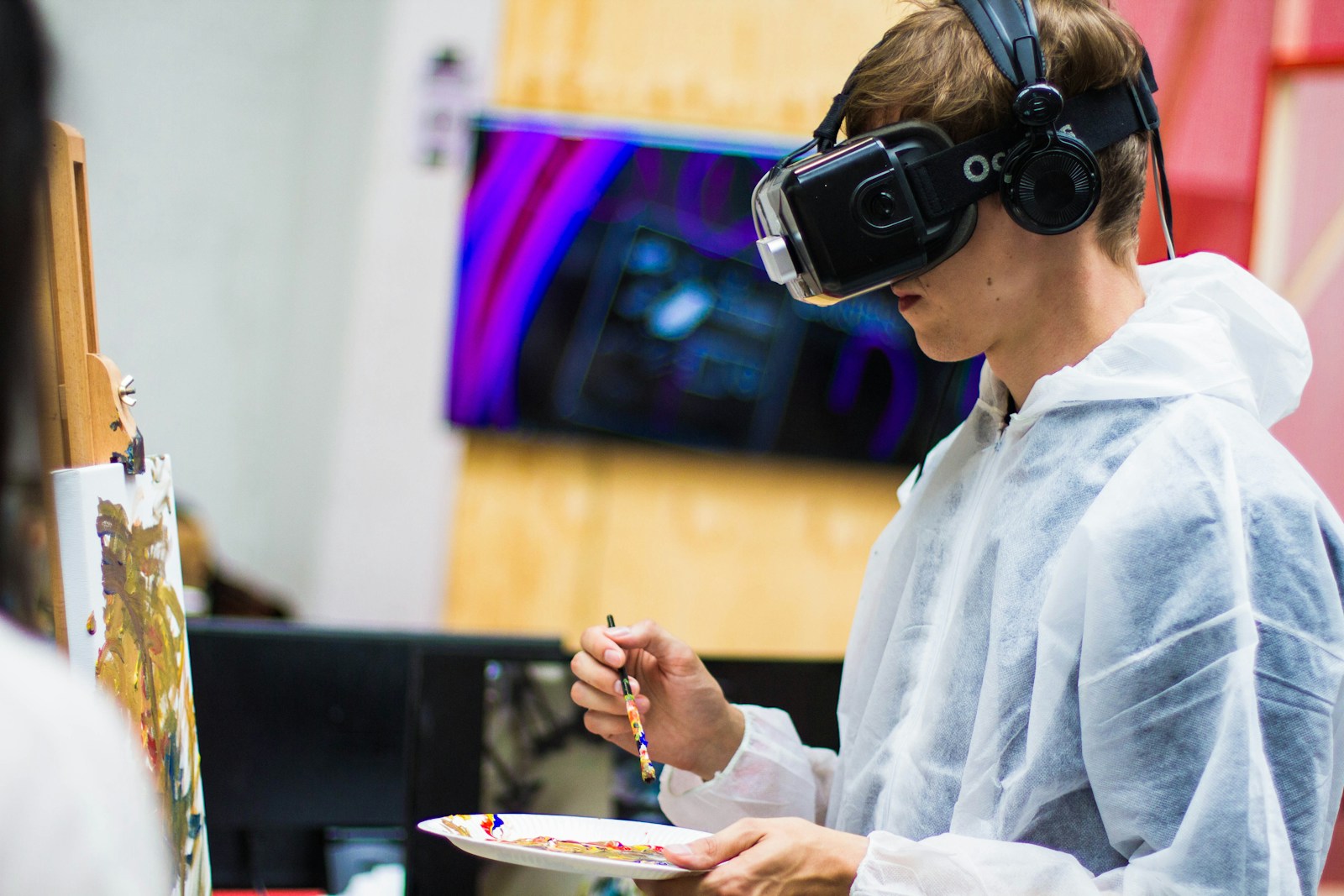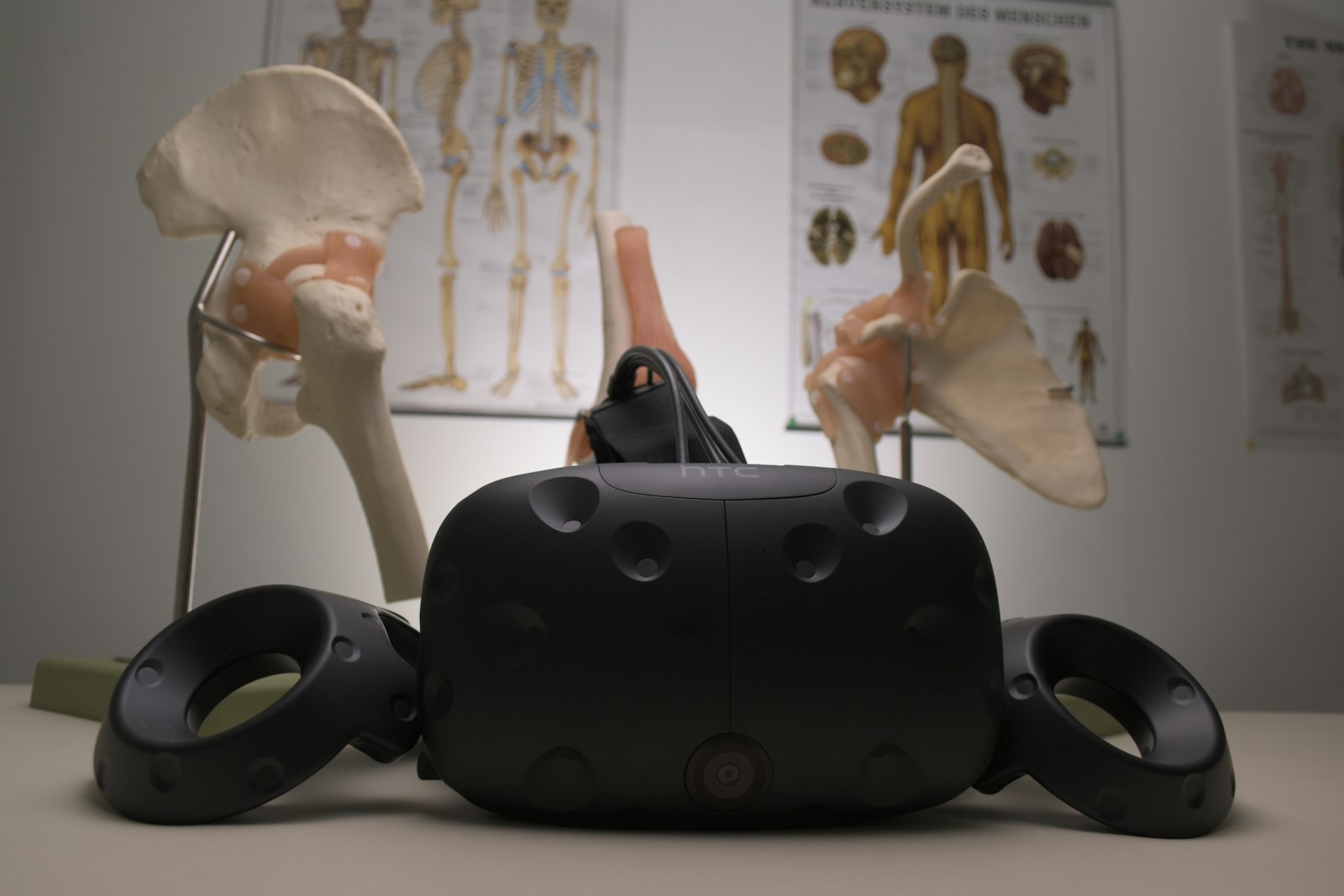Virtual reality (VR) technology has shown promising potential in revolutionizing mental health treatment.
By immersing individuals in realistic and interactive environments, VR offers a unique platform for exposure therapy, cognitive behavioral therapy, and relaxation techniques. This innovative approach allows therapists to create customized and controlled settings to address various mental health conditions such as anxiety disorders, phobias, and post-traumatic stress disorder.
Moreover, the immersive nature of VR can enhance the engagement and motivation of individuals undergoing mental health treatment. The interactive and stimulating experiences provided by VR can help clients better connect with therapy sessions, increasing their involvement and commitment to the treatment process. As VR continues to evolve and become more accessible, its applications in mental health treatment are likely to expand, offering new and effective ways to support individuals in their journey towards mental well-being.
Enhancing Pain Management and Rehabilitation
Virtual reality (VR) technology has shown promising potential in enhancing pain management and rehabilitation programs. By immersing patients in interactive virtual environments, VR can help distract individuals from their pain and discomfort during various therapeutic interventions. Moreover, VR applications can be tailored to specific rehabilitation exercises, providing a more engaging and motivating experience for patients recovering from injuries or surgeries. This immersive technology has the capacity to improve patient compliance and outcomes in pain management and rehabilitation settings.
Furthermore, incorporating VR technology into rehabilitation programs can facilitate greater patient engagement and adherence to treatment plans. The interactive nature of VR experiences can make repetitive exercises more enjoyable and stimulating for patients, leading to increased participation and effort during therapy sessions. By creating a dynamic and personalized environment for rehabilitation activities, VR can enhance the overall efficacy of pain management interventions and accelerate the recovery process for individuals undergoing rehabilitation.
Improving Anxiety and Stress Reduction Techniques
Virtual reality (VR) technology has shown promising results in improving anxiety and stress reduction techniques. By immersing individuals in simulated environments, VR allows for controlled exposure to anxiety-inducing situations, helping individuals confront and manage their fears in a safe setting. This exposure therapy has been effective in desensitizing individuals to triggers that provoke anxiety, ultimately leading to reduced stress levels and improved coping mechanisms.
Moreover, VR offers interactive experiences that engage multiple senses, making stress reduction techniques more immersive and engaging for individuals. Through virtual environments designed to promote relaxation and mindfulness, individuals can practice breathing exercises, visualization techniques, and other coping strategies in a realistic yet controlled setting. This combination of sensory stimulation and relaxation practices in VR settings can help individuals better manage their anxiety and stress, providing a novel approach to enhancing mental well-being.
Virtual Reality Exposure Therapy for Phobias
Virtual Reality Exposure Therapy (VRET) for phobias is a cutting-edge treatment approach that immerses individuals in computer-generated environments where they confront their fears in a safe and controlled manner. By replicating real-life scenarios in a virtual setting, VRET allows patients to gradually confront and overcome their phobias while receiving guidance from a therapist. This innovative therapy provides a highly effective way to desensitize individuals to their fears and helps them develop coping strategies in a controlled and supportive environment.
The immersive nature of VRET enables patients to experience a sense of presence and engagement that makes the therapy more impactful and realistic. Through repeated exposure to fear-inducing stimuli in the virtual environment, individuals can learn to manage their anxiety responses and regain a sense of control over their phobias. VRET has been shown to be particularly beneficial for individuals with specific phobias, such as fear of heights, flying, public speaking, or animals, offering a personalized and targeted approach to treatment.
Benefits of VR for PTSD Treatment
Virtual reality (VR) has shown promising results in the treatment of post-traumatic stress disorder (PTSD). By immersing individuals in realistic and controlled virtual environments, therapists can help patients confront and process traumatic memories in a safe and controlled way. This exposure therapy can assist in desensitizing individuals to their triggers, reducing the severity of their PTSD symptoms over time.
Moreover, VR technology allows therapists to tailor treatment to each individual’s specific needs and experiences. The interactive nature of VR experiences enables therapists to adjust the intensity and pacing of exposure exercises based on the patient’s reactions, providing a more personalized and effective treatment approach. By utilizing VR for PTSD treatment, therapists can offer a potentially more engaging and immersive form of therapy that may enhance treatment outcomes for individuals struggling with PTSD.

Utilizing VR for Cognitive Behavioral Therapy
Cognitive Behavioral Therapy (CBT) is a widely used therapeutic approach that aims to help individuals identify and change negative thought patterns and behaviors. By incorporating Virtual Reality (VR) technology into CBT sessions, therapists can create immersive environments that allow patients to confront and challenge their fears in a controlled setting. This innovative use of VR in CBT can enhance the effectiveness of traditional therapy by providing a safe space for individuals to practice new coping strategies in realistic scenarios.
One of the key advantages of utilizing VR in CBT is the ability to create personalized and interactive experiences tailored to each individual’s specific needs. Through VR simulations, patients can gradually expose themselves to anxiety-provoking situations and learn how to manage their responses in a supportive environment. This hands-on approach to therapy can empower individuals to develop new skills and techniques for dealing with challenging situations in their daily lives.
Virtual Reality Biofeedback for Relaxation and Mindfulness
Virtual reality (VR) biofeedback is a cutting-edge technology that offers promising applications in relaxation and mindfulness practices. By providing real-time feedback on physiological responses, individuals can learn to regulate their stress levels more effectively. Through immersive VR experiences, users can engage in relaxation techniques while receiving immediate feedback on their heart rate, breathing patterns, and other physiological indicators, aiding them in cultivating a state of mindfulness and calm.
The interactive nature of VR biofeedback allows users to visualize their progress in real-time, empowering them to actively participate in their relaxation and mindfulness practices. This innovative approach not only enhances self-awareness but also offers a tangible way for individuals to track their physiological responses to different relaxation techniques. By incorporating VR biofeedback into mindfulness practices, individuals can develop greater control over their stress levels and improve their overall emotional well-being.
Incorporating VR in Physical Therapy Sessions
Virtual reality (VR) technology has been increasingly integrated into physical therapy sessions to enhance the rehabilitation process for patients. By immersing individuals in virtual environments that simulate real-life scenarios, therapists are able to create tailored exercises and activities that target specific movement patterns and muscle groups. This personalized approach allows patients to engage more actively in their therapy sessions, leading to improved motor function and faster recovery times.
Furthermore, incorporating VR in physical therapy sessions can provide a motivating and engaging platform for patients to set and achieve their rehabilitation goals. The interactive nature of VR simulations encourages individuals to push their boundaries and work towards milestones in a fun and supportive environment. This innovative use of technology not only makes therapy sessions more enjoyable for patients but also allows therapists to track progress more effectively and adjust treatment plans accordingly for optimal outcomes.
VR Applications for Autism Spectrum Disorders
Individuals with autism spectrum disorders (ASD) often face challenges in social interactions and communication skills. Virtual reality (VR) technology has emerged as a promising tool in helping individuals with ASD improve these important areas. By creating simulated environments, VR can provide a safe and controlled setting for individuals to practice social interactions, such as initiating conversations or interpreting nonverbal cues. This immersive technology can help individuals with ASD develop and enhance their social skills in a structured and engaging manner.
Moreover, VR applications for autism spectrum disorders can also be tailored to address sensory sensitivities commonly found in individuals with ASD. The customizable nature of VR environments allows for adjustments to sensory stimuli, such as audio and visual elements, to accommodate the specific needs of each individual. By gradually introducing sensory stimuli in a controlled manner, VR can help individuals with ASD desensitize to challenging sensory experiences and improve their tolerance levels. This personalized approach can make VR a valuable tool in sensory integration therapy for individuals with autism spectrum disorders.
Exploring VR as a Tool for Meditation and Self-Reflection
Virtual reality (VR) technology has recently gained traction as a tool for meditation and self-reflection. By immersing users in visually captivating and calming virtual environments, VR provides a unique opportunity for individuals to escape the distractions of the real world and focus on inner peace and mindfulness. Through guided meditation sessions and tranquil simulations, users can cultivate a sense of presence and relaxation conducive to deep introspection and self-awareness.
Moreover, the interactive nature of VR allows users to engage with immersive experiences that promote self-reflection and personal growth. By incorporating elements of visualization, sound therapy, and breathing exercises, VR meditation applications offer a holistic approach to mental well-being. Through regular practice, individuals can develop self-regulation skills, enhance emotional intelligence, and foster a greater sense of connection with themselves and the world around them.
